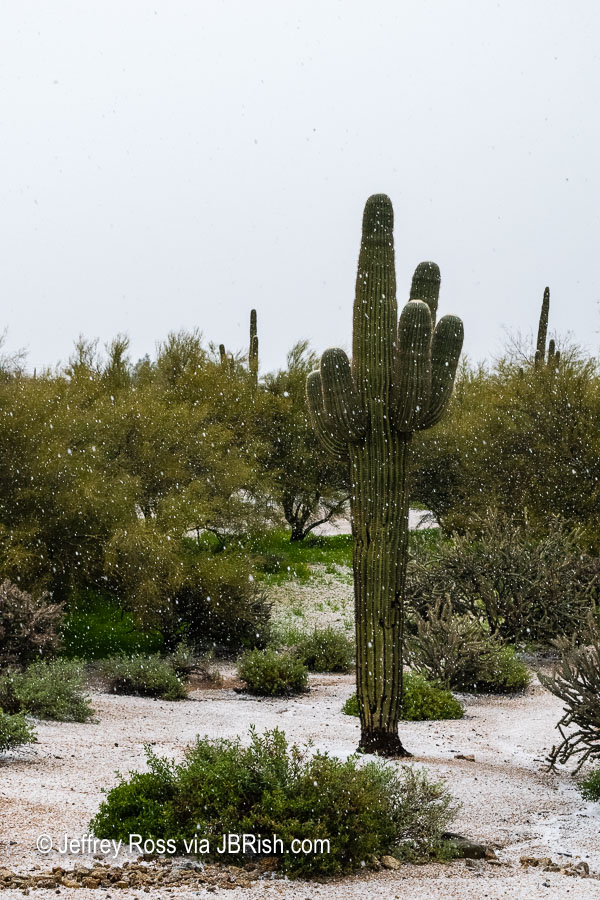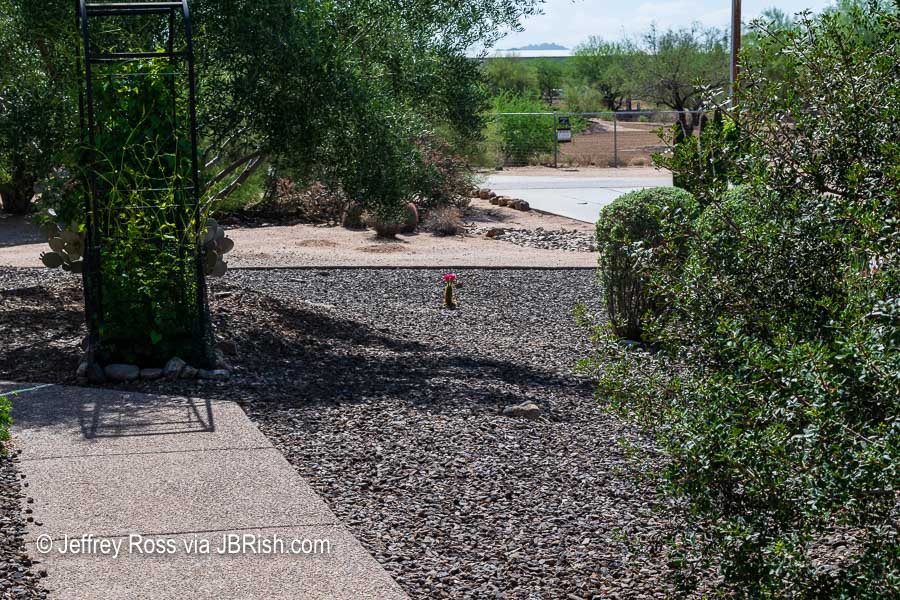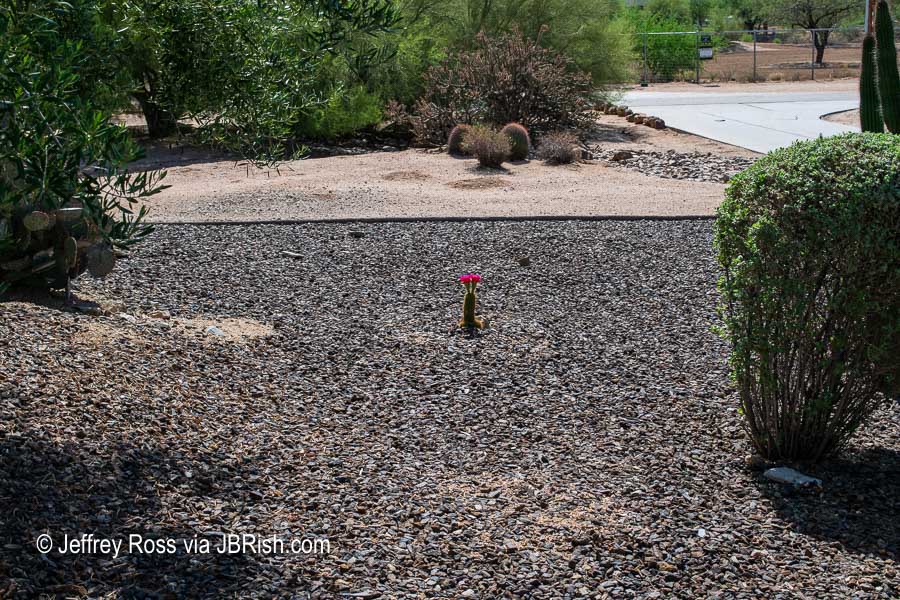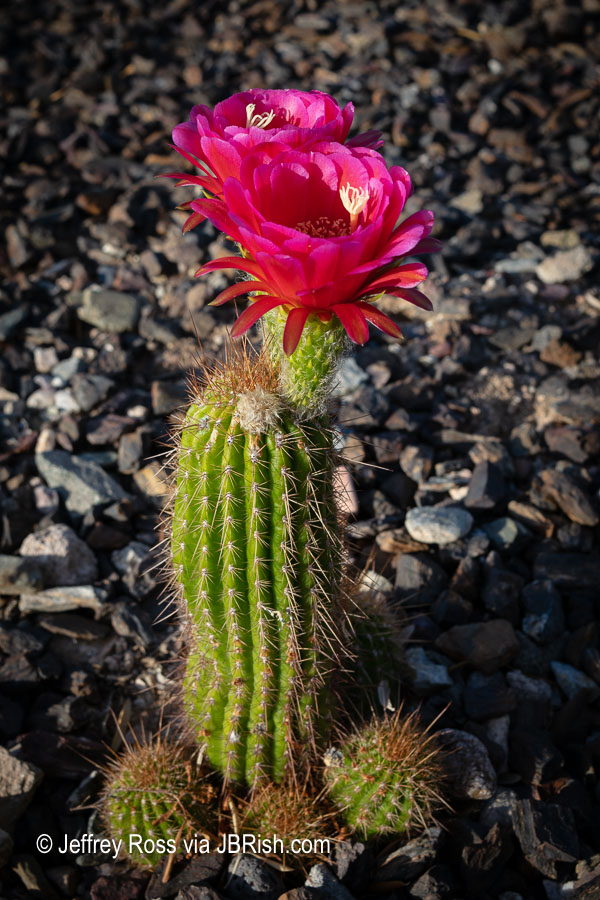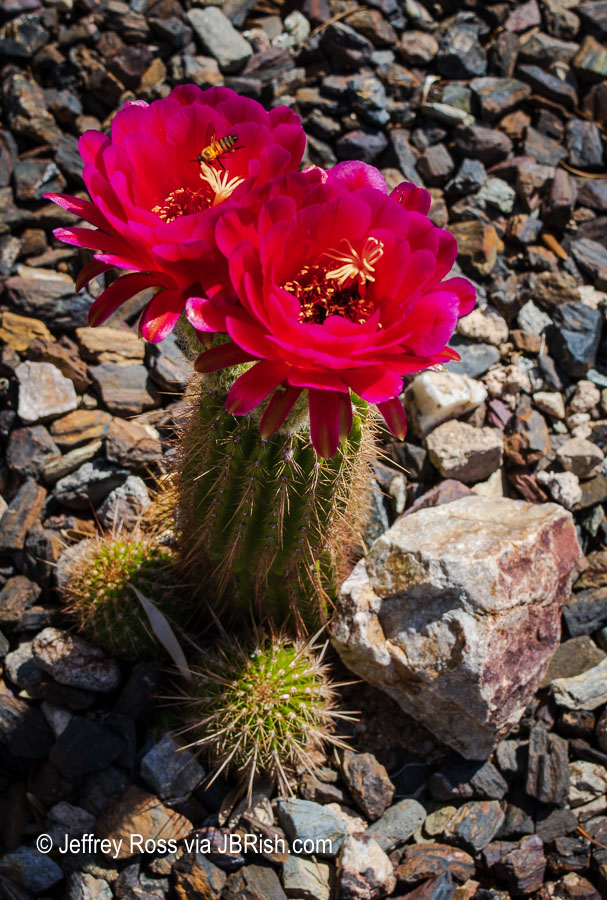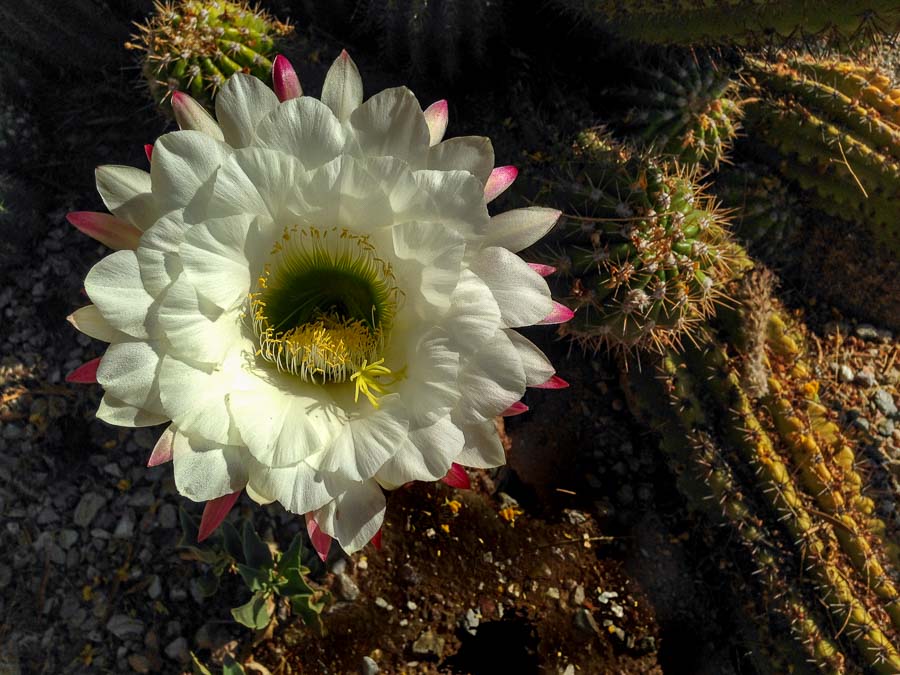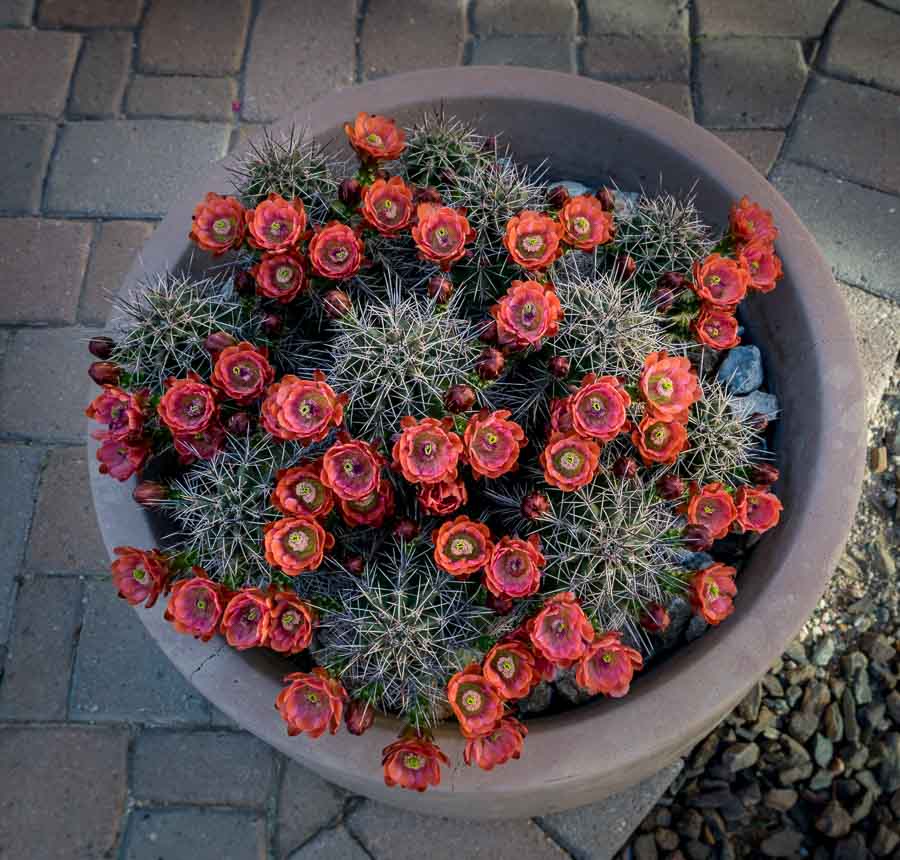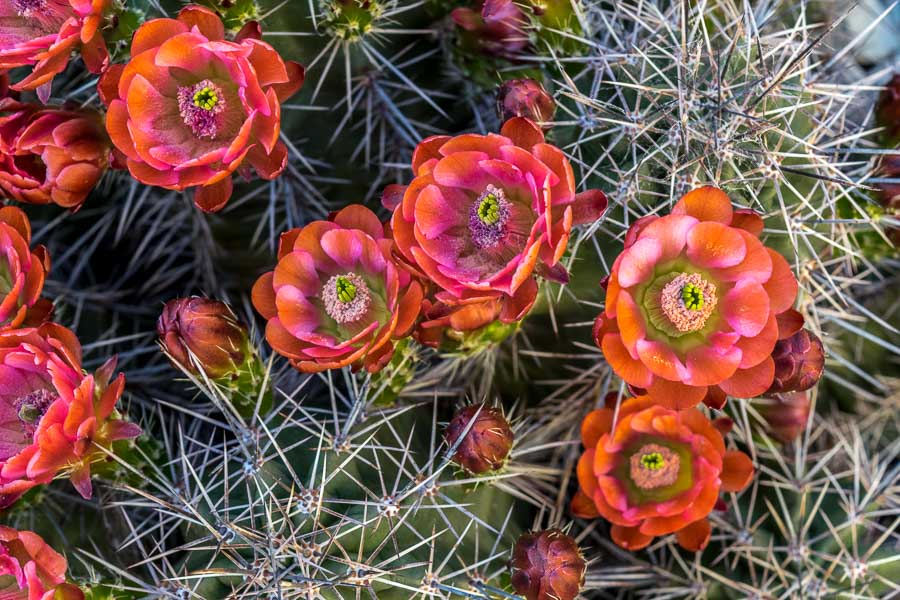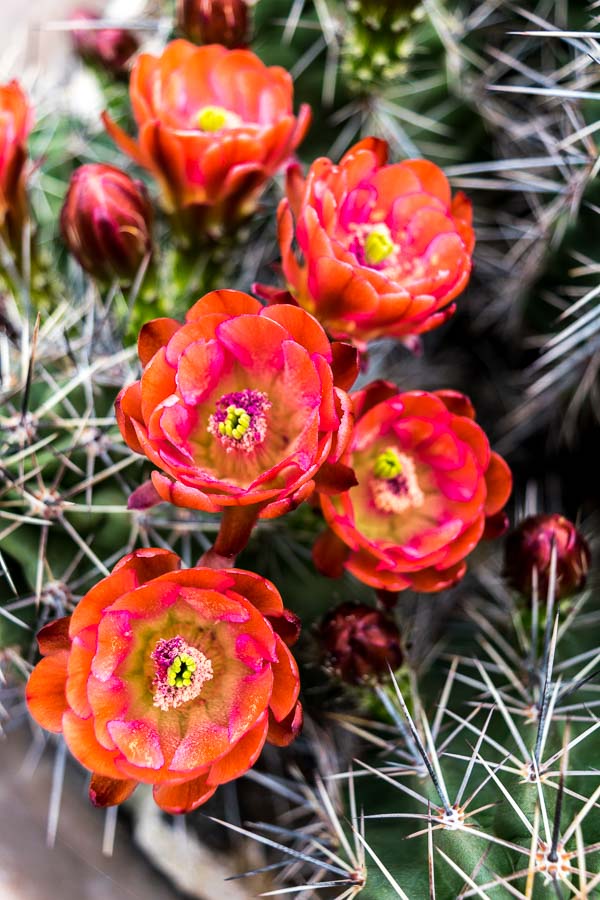The desert has been ablaze with color over the last two weeks reaching its peak perhaps just a few days ago. It is still stunning in the variety of colors and blooms brought on by more than the customary amount of spring rains thus far.
The Palo Verdes are always a treat, but this year they have outdone themselves.
The contrast of the yellow flowers against the blue sky is wonderful.
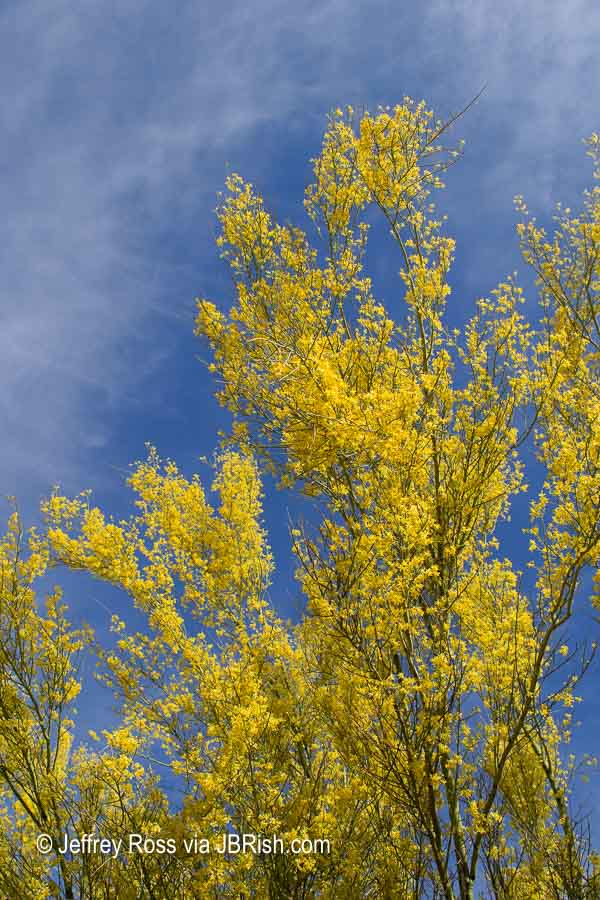
Here is a close up of the flower clusters on one portion of a branch in our backyard.

The color palette is expanded below when the Palo Verde in the foreground leads the viewer to the flowers of the Orange Jubilee or Orange Bells hybrid (Tecoma Hybrid).
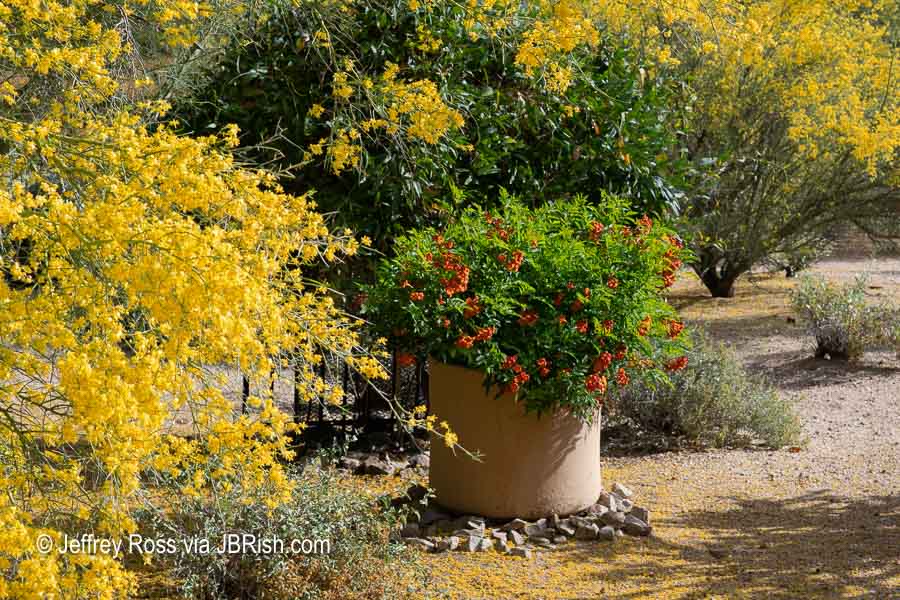
Naturally a closeup of the Orange Bells is called for as well. The clusters are beyond vibrant in the early morning sun.
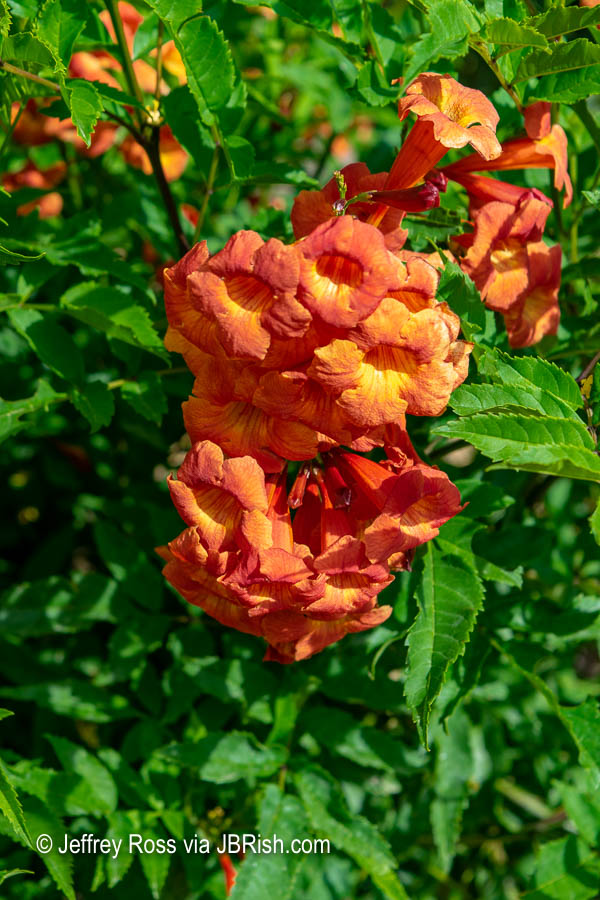
Each morning at this time of the year, I prepare my coffee looking out our family room window and I am blown away! (To the right and north of the saguaro, but out of view, is Black Mountain which adds even more wonderment to the scene.)
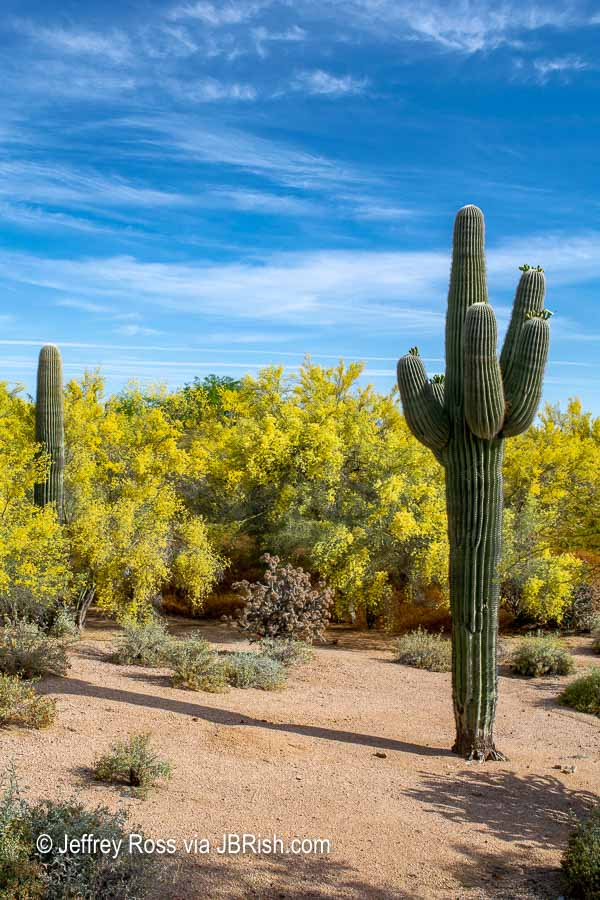
We have some performers starring in our front landscape too. This cactus was started from a cutting just a few years ago and when it blooms, it puts on quite a show. It will eventually grow arms and as a mature plant, may have a dozen or more flowers open at once. I can’t wait! While I am not able to make an absolute identification, I am fairly sure it is a Trichocereus hybrid.
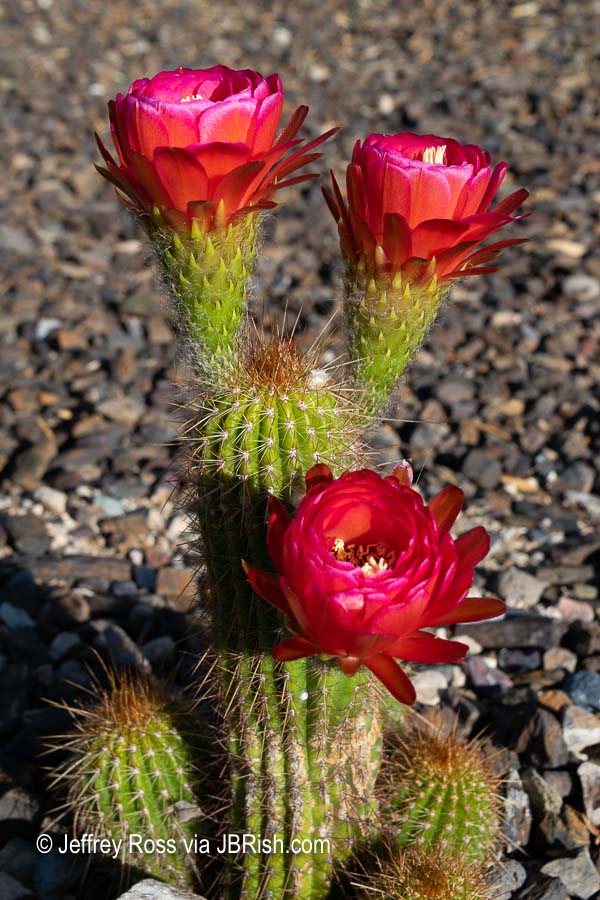
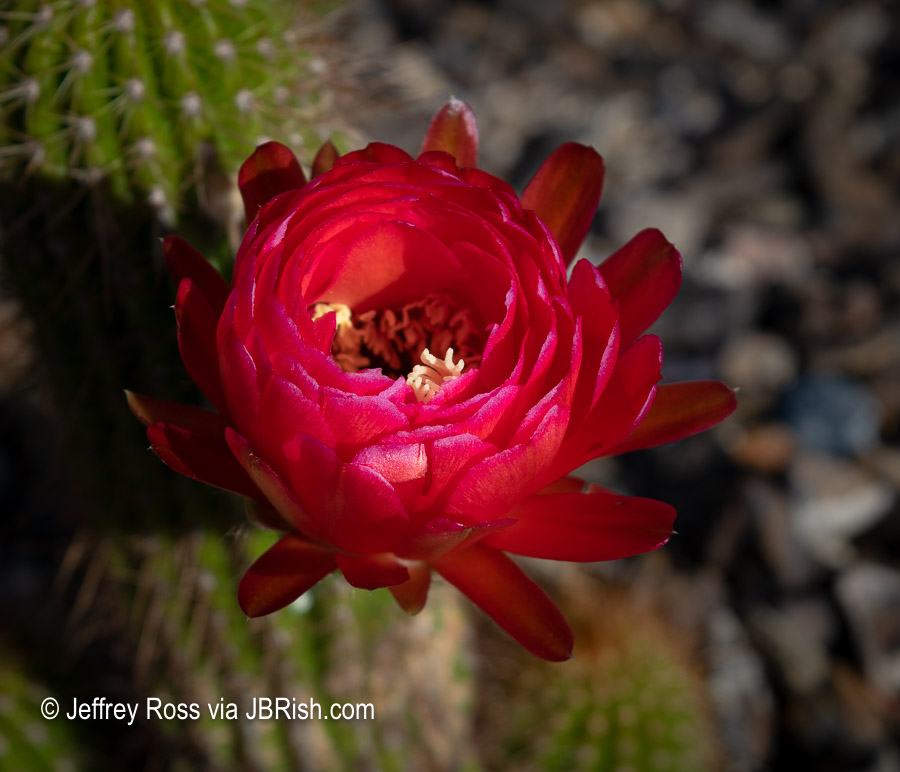
Here is a picture of the mature mother plant from a friend’s house nearby!
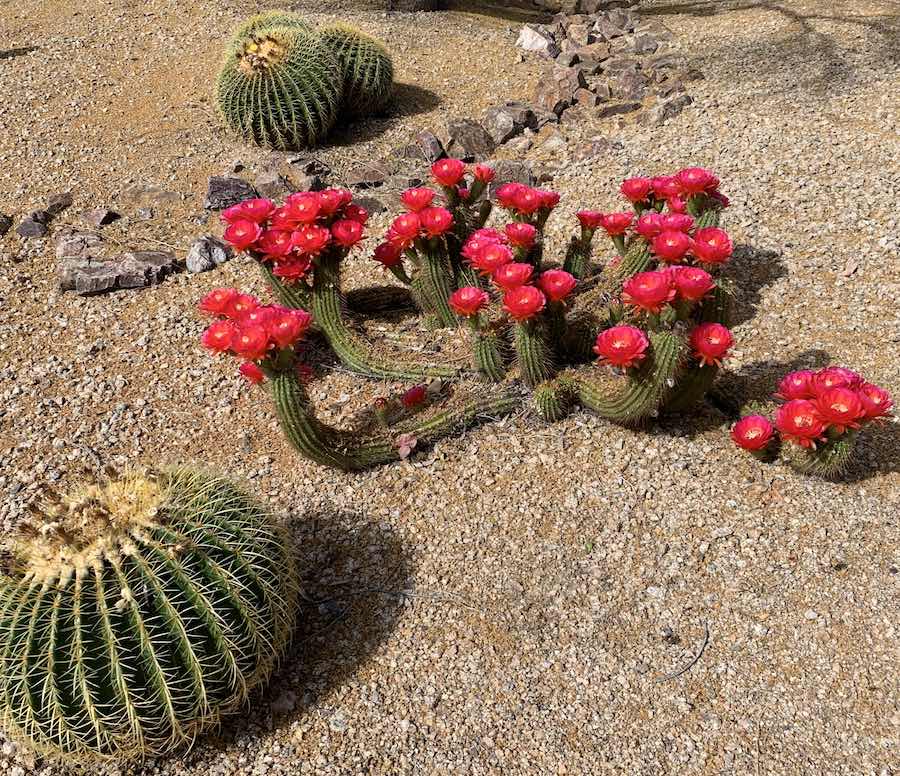
Above picture courtesy of L. Herring
**********
All original content on this blog is copyrighted by Jeffrey B. Ross with ALL Rights Reserved. While reference links back to JBRish.com are appreciated and encouraged, please acquire approval for any reproduction of original content from this website.
©Jeffrey B. Ross 2014 – 2019 – JBRish.com

